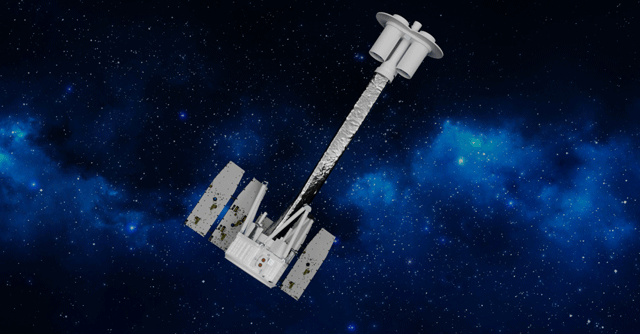
Nasa launches IXPE observatory to help better understand black holes


The National Aeronautics and Space Administration (NASA), the central space exploration body of USA, has launched the Imaging X-Ray Polarimetry Explorer (IXPE) observatory. The latter is the result of a joint venture with the Italian Space Agency (ISA), and will seek to study some of the most extreme cosmic bodies for mankind to try and understand them.
The observatory is roughly the size of a tall refrigerator, and has three telescopes that observe polarisation of light and X-rays. This property of the observatory will be put to use on some of the most extreme occurrences in the universe -- supermassive black holes, remains of supernovae, and other stellar objects.
Black holes and supernovae are some of the most enigmatic celestial objects, which exhibit unique properties in the way they react to energies and masses around them. One of the first objects that IXPE will study, for instance, is the Crab Nebula, which has the remnants of a supernova with a neutron star spinning very rapidly at its centre.

Also read: This deep neural network just helped NASA discover 301 exoplanets
If it all sounds incredibly violent, that’s because it is. Thomas Zurbuchen, associate administrator for science at NASA, said in a statement, “We’ve added a new space observatory to our fleet that will shape our understanding of the universe for years to come. Each NASA spacecraft is carefully chosen to target brand new observations enabling new science, and IXPE is going to show us the violent universe around us – such as exploding stars and the black holes at the center of galaxies – in ways we’ve never been able to see it.”
The IXPE observatory was launched atop a SpaceX rocket, which used recycled Falcon 9 first stage boosters to send the setup to space. The latter, as has become the norm now, safely flew back to Earth to land on one of the company’s three massive drone ships -- this one called ‘Just Read The Instructions’.

IXPE will work alongside the Chandra X-ray Observatory, which was launched back in 1999 -- and till date serves as one of Earth’s biggest instruments to study the extreme bodies of the universe.
